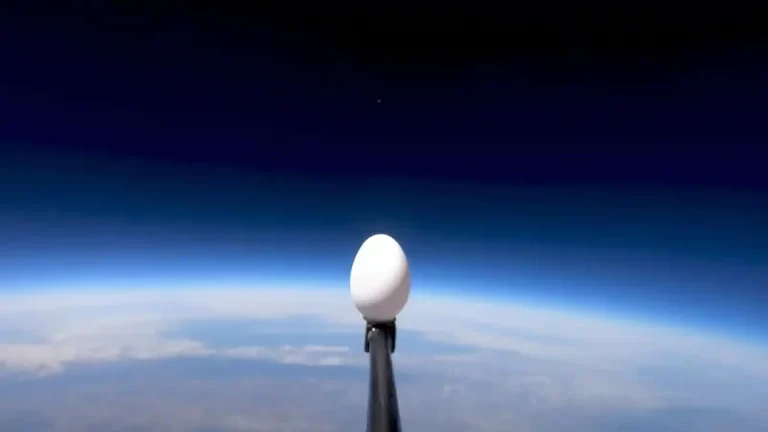The BepiColombo examination has beamed back its first close-up images of Mercury, and they’re stunning The closest of images were taken from an altitude of 1000 km above the earth’s face and pack an astonishing quantity of detail. The earth’s northern division, including an area engulfed by lava billions of epochs ago, and several large craters were captured in the images Launched in October 2018, aboard an Ariane rocket, the detail was a conjunct pains between the European Space Agency (ESA) and the Japan Aerospace Exploration Agency (JAXA). After a three-
bit-long travel, the inquiry has ultimately reached the closest globe in the Solar System to the Sun The examen initially arrived on the dark side of the earth on the first of several planned flybys and descended to an altitude of just 200 km. Notwithstanding, due to the lack of light, images could n’t be taken just either.
“The flyby was ideal from the spacecraft point of view, and it’s implausible to ultimately see our target earth,” said Elsa Montagnon, the brief’s Spacecraft Operations Manager Mission control has planned a else five corresponding flybys over the ensuing four times to decelerate down the spacecraft using Mercury’s gravitational pull. The ideal is to decelerate down the craft enough to ultimately place it into a stable routeway around the globe.
Once the inquiry is in a stable routeway, ESA’s Mercury Planetary Orbiter and JAXA’s Mercury Magnetospheric Orbiter, which are both onboard the inquiry will be released. The duo will ultimately study all aspects of Mercury, including its core, elfin field, exosphere, and outside processes, to better understand the globe’s origins and expansion, according to the ESA BepiColombo is only the third job to Mercury, after NASA’s Mariner 10 in the early 70s, and Messenger in the early 00s. On its long travel, the investigation also elliptically visited Venus and transferred back some stunning shots of Earth’s twin.





